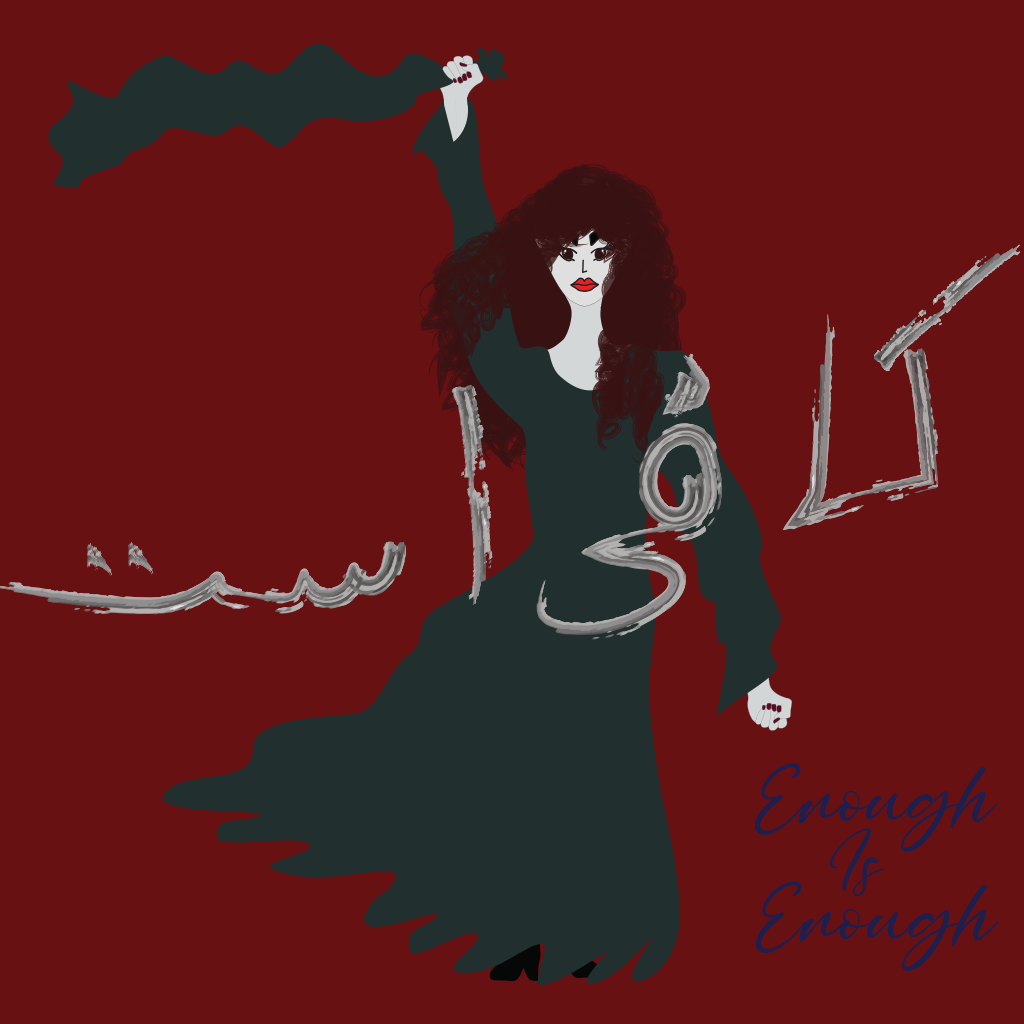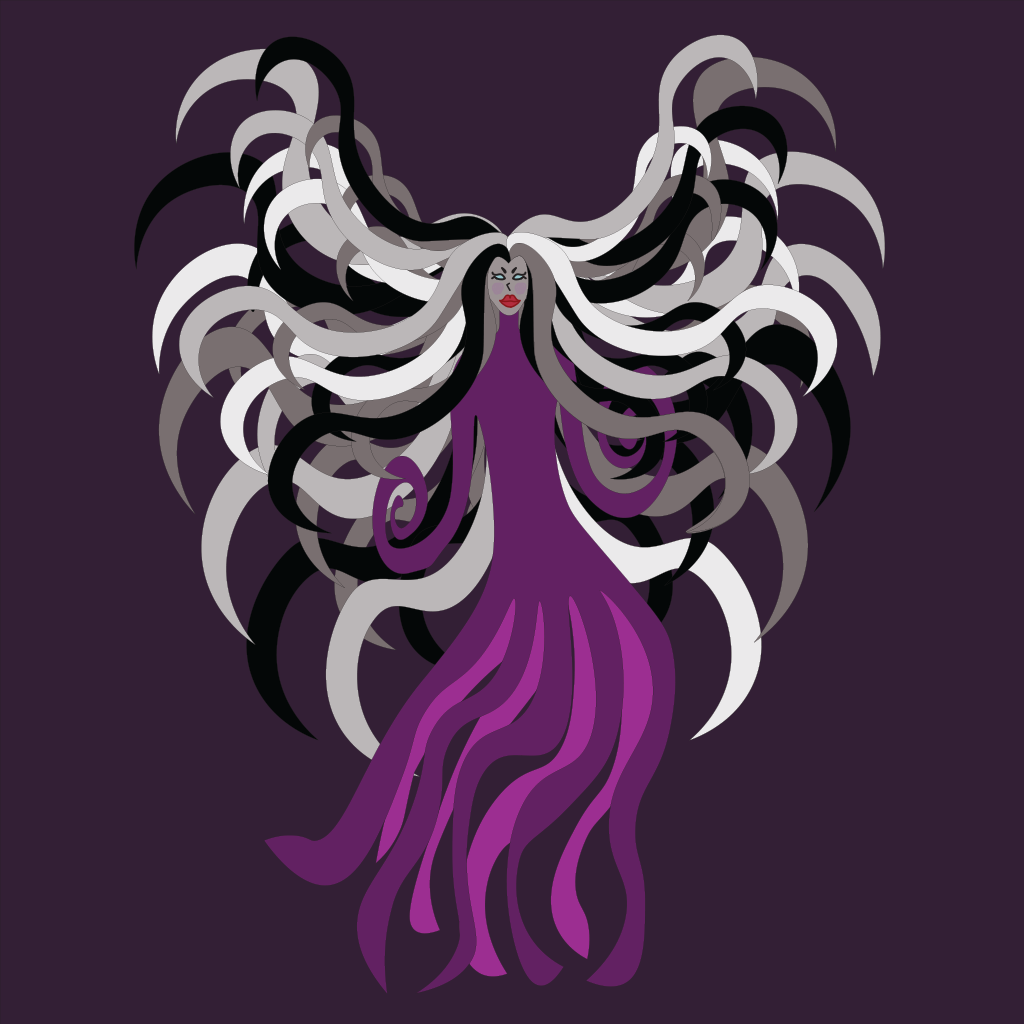 The way Iranian women dress differs across different parts of the country and according to cultures, socioeconomic backgrounds, political views and religious beliefs. The mandatory hijab law is not only about taking away women’s control of their bodies in public. It affects every aspect of everyday life in Iran. For example, it forces the segregation of the sexes and promotes censorship (women are not allowed to appear without hijab on TV or in movies).
The way Iranian women dress differs across different parts of the country and according to cultures, socioeconomic backgrounds, political views and religious beliefs. The mandatory hijab law is not only about taking away women’s control of their bodies in public. It affects every aspect of everyday life in Iran. For example, it forces the segregation of the sexes and promotes censorship (women are not allowed to appear without hijab on TV or in movies).
 During the last few decades, Iranian women’s groups have fought to change this law. Every day, they have fought the state’s notion of “proper dress” by choosing what they wear, their fashion, their make-up, the way they walk out of their houses. In every step they take in public, they have challenged the discriminatory law that can stop and tell them that their personal choices are “improper”. In doing so, they put themselves at risk of criminal punishment ranging from imprisonment to fines. Even though compulsory hijab has been instituted, criminalised and promoted as the main Islamic state gender policy, women’s efforts to negotiate their rights have been brave and remarkable. This continuing quest for justice, gender equality and freedom of choice has been embodied in the “women, life, freedom” slogan.
During the last few decades, Iranian women’s groups have fought to change this law. Every day, they have fought the state’s notion of “proper dress” by choosing what they wear, their fashion, their make-up, the way they walk out of their houses. In every step they take in public, they have challenged the discriminatory law that can stop and tell them that their personal choices are “improper”. In doing so, they put themselves at risk of criminal punishment ranging from imprisonment to fines. Even though compulsory hijab has been instituted, criminalised and promoted as the main Islamic state gender policy, women’s efforts to negotiate their rights have been brave and remarkable. This continuing quest for justice, gender equality and freedom of choice has been embodied in the “women, life, freedom” slogan.
 For Muslim women, the choice to wear a headscarf is intended to be a deeply personal one, and Iran’s overarching dress code has been a point of contention since its adoption after the Islamic Revolution in 1979. Women have long been arrested for pushing back against modesty laws.
For Muslim women, the choice to wear a headscarf is intended to be a deeply personal one, and Iran’s overarching dress code has been a point of contention since its adoption after the Islamic Revolution in 1979. Women have long been arrested for pushing back against modesty laws.
